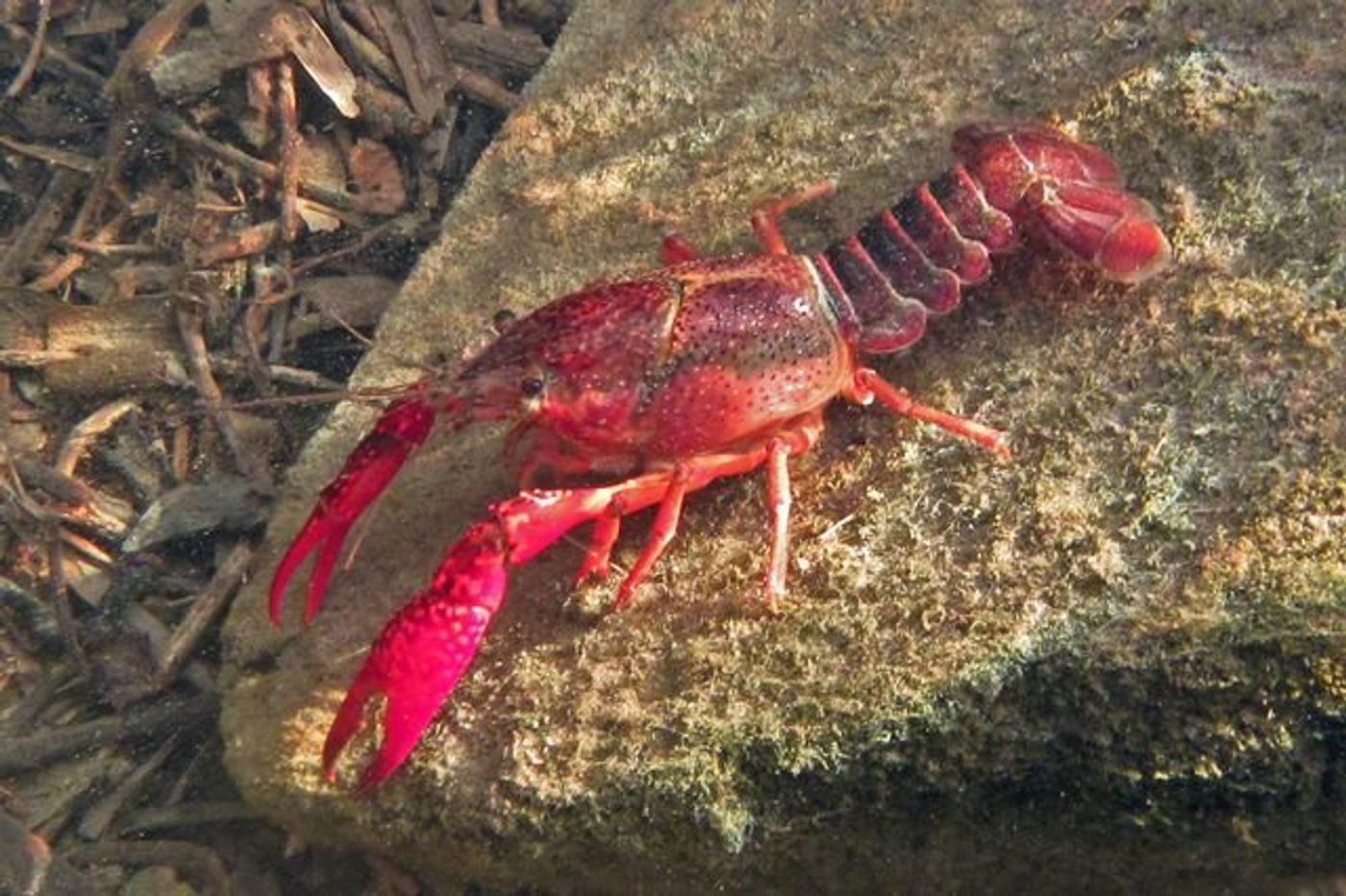Crayfish Are Causing Mosquito Troubles in Southern California
A study published this week in the journal Conservation Biology by researchers from the University of California, Los Angeles divulges how invasive crayfish are stirring up all sorts of environmental troubles in Southern California, especially in the Santa Monica Mountains.
At the forefront of these troubles are disease-carrying mosquito populations, which are typically kept under control by local predators such as dragonfly nymphs. Unfortunately, invasive crayfish are reducing dragonfly nymph numbers in specific regions and enabling mosquito populations to grow beyond the norm.
Image Credit: US Geological Survey
“A lot of people don’t know this, but before dragonflies are flying around and beautiful, they actually are these voracious predators in streams and ponds,” explained Gary Bucciarelli, a researcher at the University of California, Los Angeles and the lead author of the paper. “They do a great job of preying on other invertebrates in the streams we work on.”
Related: Do bats actually help control mosquito populations?
The researchers examined 13 distinct stream locations throughout the Santa Monica Mountains, and one fact remained constant throughout every analysis: where there were crayfish, there were fewer dragonfly nymphs and more mosquito larvae to be found.
“There tended to be sites where we found a ton of mosquito larvae and very few dragonfly nymphs,” Bucciarelli added. “And in streams where there were no crayfish, we found the opposite pattern — a ton of dragonfly nymphs and no mosquito larvae.”
Further experimentation in the lab, where the researchers could control the conditions more preferably, showed similar results. As it would seem, invasive crayfish disrupt the ecosystems they reside in, preventing local predators from fulfilling their roles and allowing the mosquitoes to over-populate.
But why is this all happening? A good place to start might be with climate change, the researchers say. As temperatures warm up, these ecosystems become ideal for the invasive crayfish, which enjoy warmer and more temperate environments. And if that’s the case, things could only get worse with time.
Keeping in mind the diseases that mosquitoes are known for carrying and passing on to humans, the findings highlight an alarming wake-up call. Additional research may help the researchers discern whether the problem is widespread or contained to Southern California, but if our hunch is right, this could be a growing issue.









